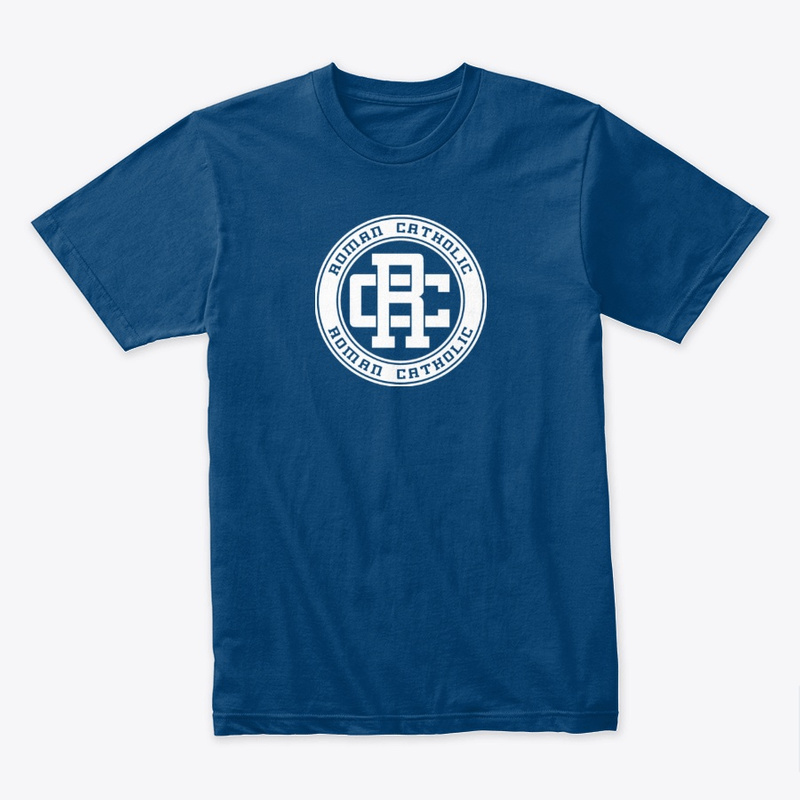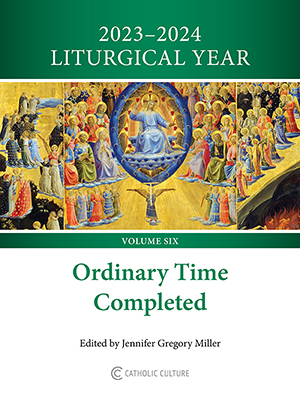Fathers of the Church
Catechetical Lecture XX
by Cyril of Jerusalem in 350 | translated by Mr. Church, Revised By Edward Hamilton Gifford
(ON THE MYSTERIES. II.) OF BAPTISM.
ROMANS vi. 3—14.
Know ye not, that so many of us as were baptized into Jesus Christ, were baptized into His death? &'c. .... for ye are not under the Law, but under grace.
1. THESE daily introductions into the Mysteries, and new instructions, which are the announcements of new truths, are profitable to us; and most of all to you, who have been renewed from an old state to a new. Therefore, I shall necessarily lay before you the sequel of yesterday's Lecture, that ye may learn of what those things, which were done by you in the inner chamber, were symbolical.
2. As soon, then, as ye entered, ye put off your tunic; and this was an image of putting off the old man with his deeds. Having stripped yourselves, ye were naked; in this also imitating Christ, who was stripped naked on the Cross, and by His nakedness put off from Himself the principalities and powers, and openly triumphed over them on the tree. For since the adverse powers made their lair in your members, ye may no longer wear that old garment; I do not at all mean this visible one, but the aid man, which waxeth corrupt in the lusts of deceit. May the soul which has once put him off, never again put him on, but say with the Spouse of Christ in the Song of Songs, I have put off my garment, how shall I put it on? O wondrous thing! ye were naked in the sight of all, and were not ashamed; for truly ye bore the likeness of the first-formed Adam, who was naked in the garden, and was not ashamed.
3. Then, when ye were stripped, ye were anointed with exorcised oil, from the very hairs of your head to your feet, and were made partakers of the good olive-tree, Jesus Christ. For ye were cut off from the wild olive- tree, and grafted into the good one, and were made to share the fatness of the true olive-tree. The exorcised oil therefore was a symbol of the participation of the fatness of Christ, being a charm to drive away every trace of hostile influence. For as the breathing of the saints, and the invocation of the Name of God, like fiercest flame, scorch and drive out evil spirits, so also this exorcised oil receives such virtue by the invocation of God and by prayer, as not only to burn and cleanse away the traces of sins, but also to chase away all the invisible powers of the evil one.
4. After these things, ye were led to the holy pool of Divine Baptism, as Christ was carried from the Cross to the Sepulchre which is before our eyes And each of you was asked, whether he believed in the name of the Father, and of the Son, and of the Holy Ghost, and ye made that saving confession, and descended three times into the water, and ascended again; here also hinting by a symbol at the three days burial of Christ. For as our Saviour passed three days and three nights in the heart of the earth, so you also in your first ascent out of the water, represented the first day of Christ in the earth, and by your descent, the night; for as he who is in the night, no longer sees, but he who is in the day, remains in the light, so in the descent, as in the night, ye saw nothing, but in ascending again ye were as in the day. And at the self-same moment ye were both dying and being born; and that Water of salvation was at once your grave and your mother. And what Solomon spoke of others will suit you also; for he said, in that case, There is a time to bear and a time to die; but to you, in the reverse order, there was a time to die and a time to be born; and one and the same time effected both of these, and your birth went hand in hand with your death.
5. O strange and inconceivable thing! we did not really die, we were not really buried, we were not really crucified and raised again; but our imitation was in a figure, and our salvation in reality. Christ was actually crucified, and actually buried, and truly rose again; and all these things He has freely bestowed upon us, that we, sharing His sufferings by imitation, might gain salvation in reality. O surpassing loving-kindness! Christ received nails in His undefiled hands and feet, and suffered anguish; while on me without pain or toil by the fellowship of His suffering He freely bestows salvation.
6. Let no one then suppose that Baptism is merely the grace of remission of sins, or further, that of adoption; as John's was a baptism conferring only remission of sins: whereas we know full well, that as it purges our sins, and ministers to us the gift of the Holy Ghost, so also it is the counterpart of the sufferings of Christ. For this cause Paul just now cried aloud and said, Or are ye ignorant that all we who were baptized into Christ Jesus, were baptized into His death? We were buried therefore with Him by baptism into His death. These words he spoke to some who were disposed to think that Baptism ministers to us the remission of sins, and adoption, but has not further the fellowship also, by representation, of Christ's true sufferings.
7. In order therefore that we might learn, that whatsoever things Christ endured, FOR US AND FOR OUR SALVATION He suffered them in reality and not in appearance, and that we also are made partakers of His sufferings, Paul cried with all exactness of truth, For if we have been planted together with the likeness of His death, we shall be also with the likeness of His resurrection. Well has he said, planted together. For since the true Vine was planted in this place, we also by partaking in the Baptism of death have been planted together with Him. And fix thy mind with much attention on the words of the Apostle. He said not, "For if we have been planted together with His death," but, with the likeness of His death. For in Christ's case there was death in reality, for His soul was really separated from His body, and real burial, for His holy body was wrapt in pure linen; and everything happened really to Him; but in your ease there was only a likeness of death and sufferings, whereas of salvation there was not a likeness but a reality.
8. Having been sufficiently instructed in these things, keep them, I beseech you, in your remembrance; that I also, unworthy though I be, may say of you, Now I love you, because ye always remember me, and hold fast the traditions, which I delivered unto you. And God, who has presented you as if were alive from the dead, is able to grant unto you to walk in newness of life: because His is the glory and the power, now and for ever. Amen.
Taken from "The Early Church Fathers and Other Works" originally published by Wm. B. Eerdmans Pub. Co. in English in Edinburgh, Scotland, beginning in 1867. (LNPF II/VII, Schaff and Wace). The digital version is by The Electronic Bible Society, P.O. Box 701356, Dallas, TX 75370, 214-407-WORD.






